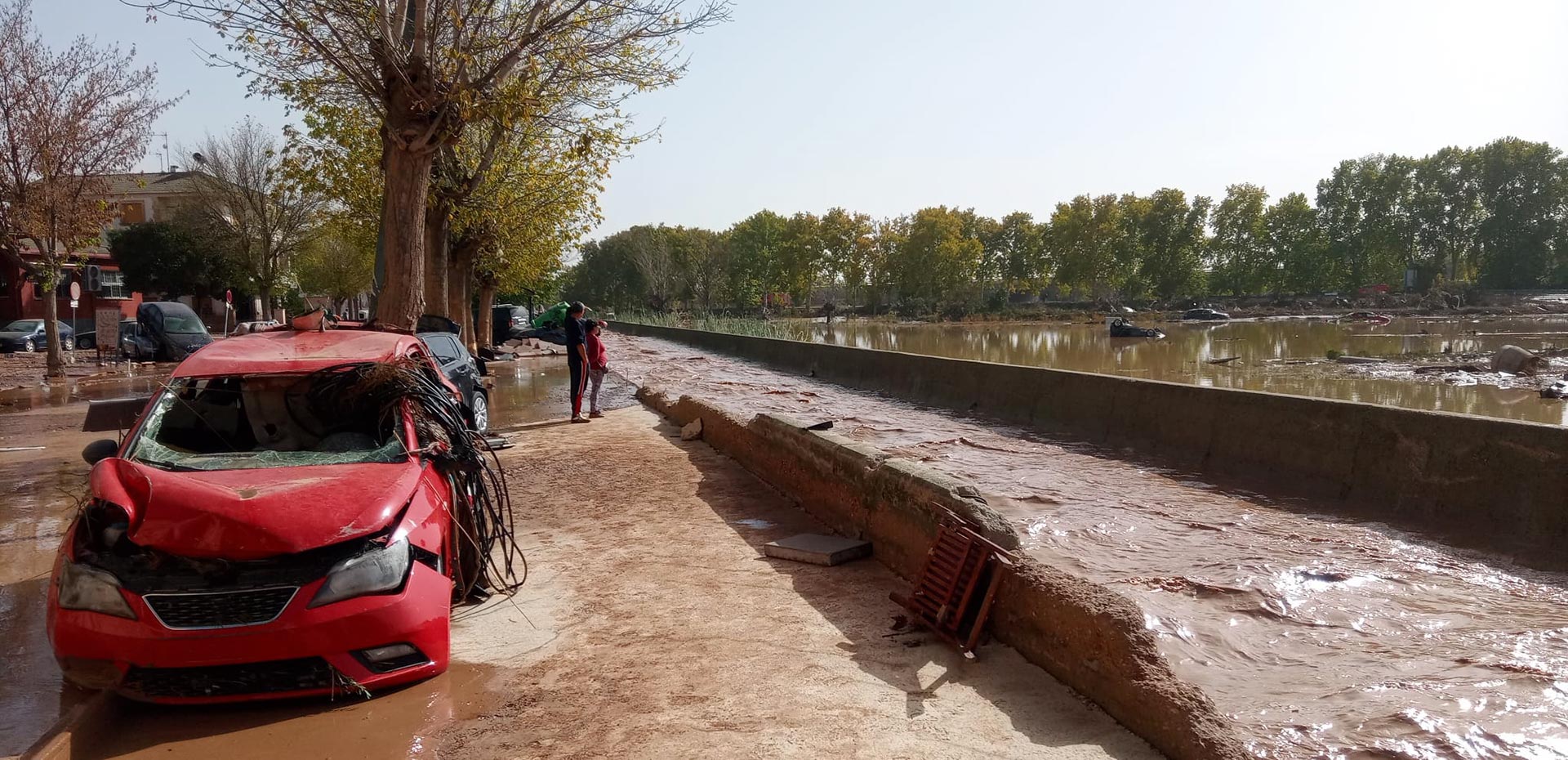Leading climate-related causes of death, illness and suffering result from exposure to increasingly frequent and more intense extreme weather events, including heatwaves, wildfires, floods and storm surges, as well as slow-onset events such as droughts.
Heatwaves across Europe are affecting the health and livelihoods of millions of people. In 2022 in the WHO European Region, extreme heat claimed more than 60 000 lives, and by 2050 this could rise to 120 000 heat-related deaths every year. Climate change is increasing the risk of heatwaves, and extreme heat in the summer months is becoming the norm, not the exception.
Floods are the most common form of natural disaster in the European Region and can affect both physical and mental well-being. Climate change is projected to result in more frequent and more intense heavy precipitation events, making them 9 times more likely to occur. Without appropriate adaptation, river flooding is projected to affect 250 000–400 000 additional people per year in the European Region by the 2080s.
Wildfires are increasing in frequency, severity and duration, heightening the need to understand the health effects of wildfire exposure. The risk of wildfires grows in extremely dry conditions, such as drought, heatwaves and during high winds. Wildfire smoke is a mixture of air pollutants of which particulate matter (PM) is the principal public health threat.
The adverse health effects of extreme weather are largely preventable through good public health practices.








